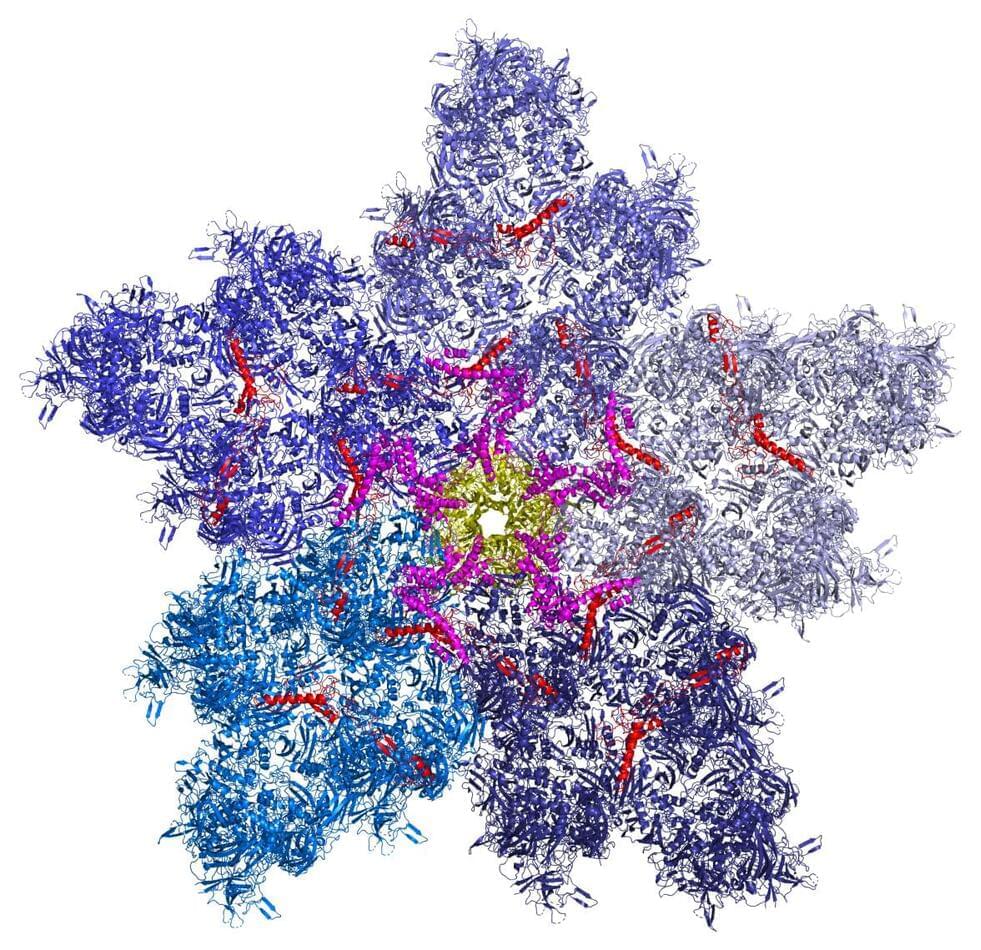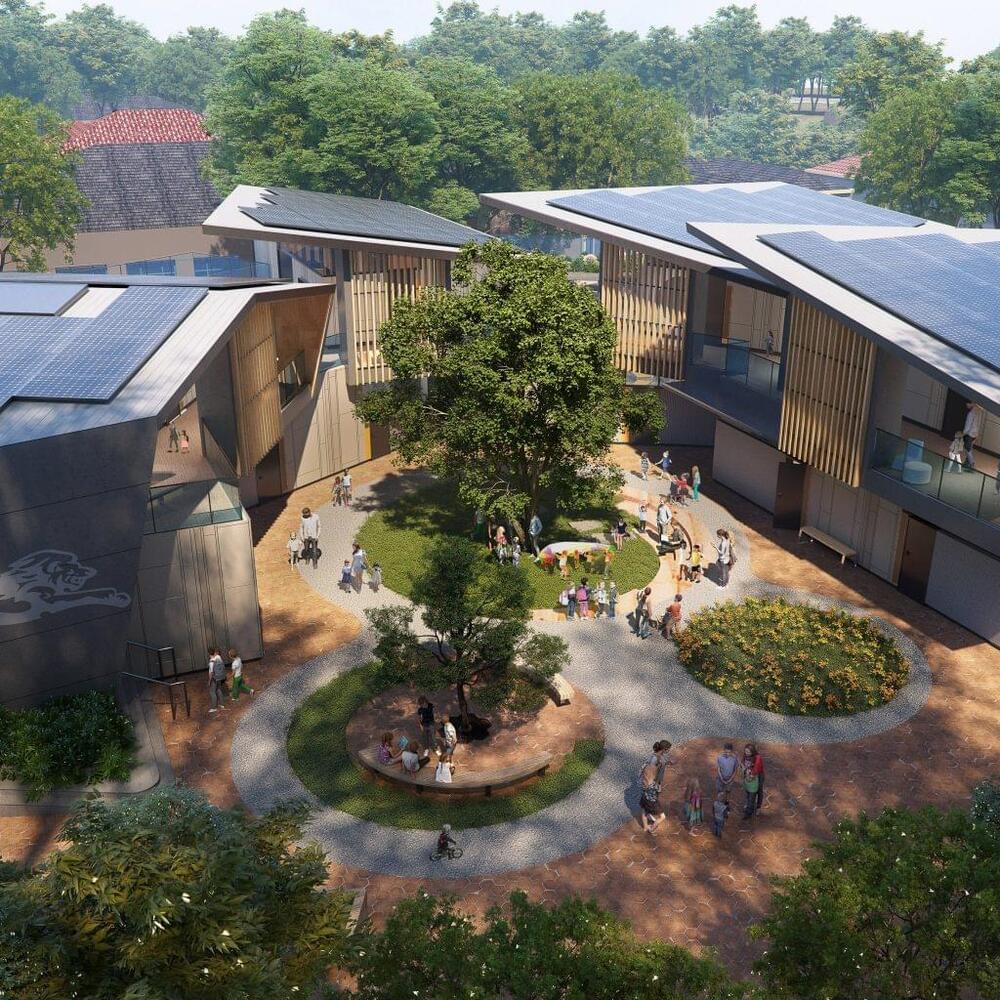The chief inspector of schools in England has told parliament that children’s rights should take priority over religious concerns and schoolgirls should be free from pressure to wear hijabs.
The National Secular Society has welcomed the remarks from Ofsted chief inspector Amanda Spielman, which came in an appearance before the Commons public accounts committee on Wednesday.
Spielman defended a recent assertion that schools should enforce “muscular liberalism” and said religion should not “get priority over all the other protected characteristics”, referring to anti-discrimination protections in equalities legislation.






